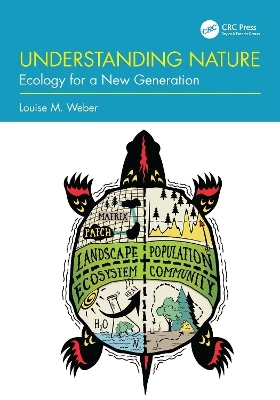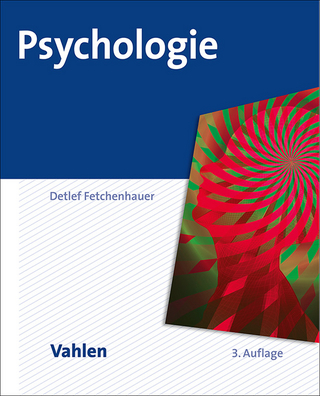
Understanding Nature
CRC Press (Verlag)
978-1-032-22260-8 (ISBN)
Understanding Nature is a new kind of ecology textbook: a straightforward resource that teaches natural history and ecological content, and a way to instruct students that will nurture both Earth and self. While meeting the textbook guidelines set forth by the Ecological Society of America, Understanding Nature has a unique ecotherapy theme, using a historical framework to teach ecological theory to undergraduates.
This textbook presents all the core information without being unnecessarily wordy or lengthy, using simple, relatable language and discussing ecology in ways that any student can apply in real life. Uniquely, it is also a manual on how to improve one’s relationship with the Earth. This is accomplished through coverage of natural history, ecology, and applications, together with suggested field activities that start each chapter and thinking questions that end each chapter. The book includes traditional ecological knowledge as well as the history of scientific ecological knowledge.
Understanding Nature teaches theory and applications that will heal the Earth. It also teaches long-term sustainability practices for one’s psyche. Professor Louise Weber is both an ecologist and a certified ecopsychologist, challenging ecology instructors to rethink what and how they teach about nature. Her book bridges the gap between students taking ecology to become ecologists and those taking ecology as a requirement, who will use the knowledge to become informed citizens.
Louise M. Weber, PhD, is Full-time Professor in the Department of Biology and Environmental Science at University of Saint Francis, Fort Wayne, Indiana, USA, where she is also Interim Division Director of Sciences and Program Director of Biology. She teaches or has taught Ecology and Diversity, Ecology, Evolution, Conservation Biology, Wildlife Biology, Introduction to Environmental Studies, Ornithology, Vertebrate Zoology, Invertebrate Zoology, Entomology, Research Design, Principles of Biology, General Biology, Human Biology, Human Anatomy and Physiology I. For more information, visit her website at https://www.louiseweber.net
1. Introduction. 2. We Stand on Their Shoulders. 3. Biomes, Life Forms, and Ecoregions. 4. Biomes: Tundra, and Tiaga. 5. Biomes: Grassland. 6. Biomes: Shrubland, Thickets, and Desert. 7. Biomes: Savanna, and Forest. 8. Why are Biomes Where They Are? 9. Why are Individual Species Where They Are?. 10. Introduction to Evolution: The Modern Synthesis. 11. Advances in Microevolution, Molecular Evolution, and Evo-devo. 12. An Autobiography of the Earth. 13. Introduction to Statistics. 14. Population Ecology Basics. 15. Population Ecologys’ Profound Questions. 16. Community Ecology Basics. 17.Theory in Community Ecology/Competition. 18. Predation. 19. Succession. 20. Ecosystem Ecology Basics. 21. Energy. 22. Matter. 23. Ecosystem Regulation. 24. Landscape Ecology. 25. Wildlife Management and Habitat Ecology. 26. Wildlife Management for Temperate Farms and Ranches. 27. Wildlife Management in Temperate Forests. 28. Conservation Biology. 29. Restoration Ecology. 30. Aquatic Ecology. 31. New Perspectives in Biogeography. 32. Wicked Problems. 33. Epilogue: The Evolution of an Idea
| Erscheinungsdatum | 28.04.2023 |
|---|---|
| Zusatzinfo | 19 Tables, black and white; 51 Line drawings, color; 125 Line drawings, black and white; 11 Halftones, color; 10 Halftones, black and white; 62 Illustrations, color; 135 Illustrations, black and white |
| Verlagsort | London |
| Sprache | englisch |
| Maße | 178 x 254 mm |
| Gewicht | 780 g |
| Themenwelt | Geisteswissenschaften ► Psychologie ► Allgemeine Psychologie |
| Naturwissenschaften ► Biologie ► Ökologie / Naturschutz | |
| Technik ► Umwelttechnik / Biotechnologie | |
| Weitere Fachgebiete ► Land- / Forstwirtschaft / Fischerei | |
| ISBN-10 | 1-032-22260-3 / 1032222603 |
| ISBN-13 | 978-1-032-22260-8 / 9781032222608 |
| Zustand | Neuware |
| Informationen gemäß Produktsicherheitsverordnung (GPSR) | |
| Haben Sie eine Frage zum Produkt? |
aus dem Bereich


